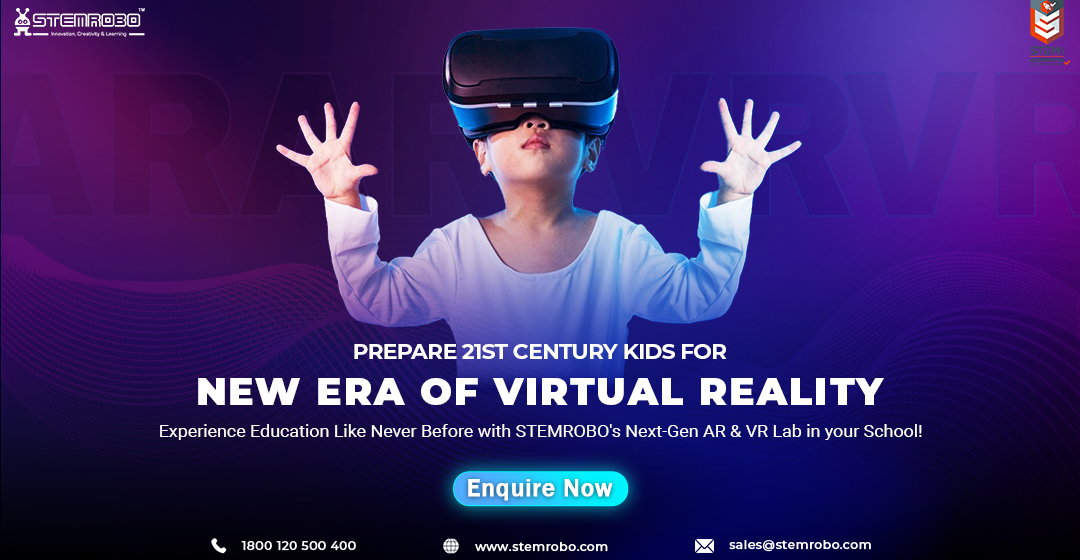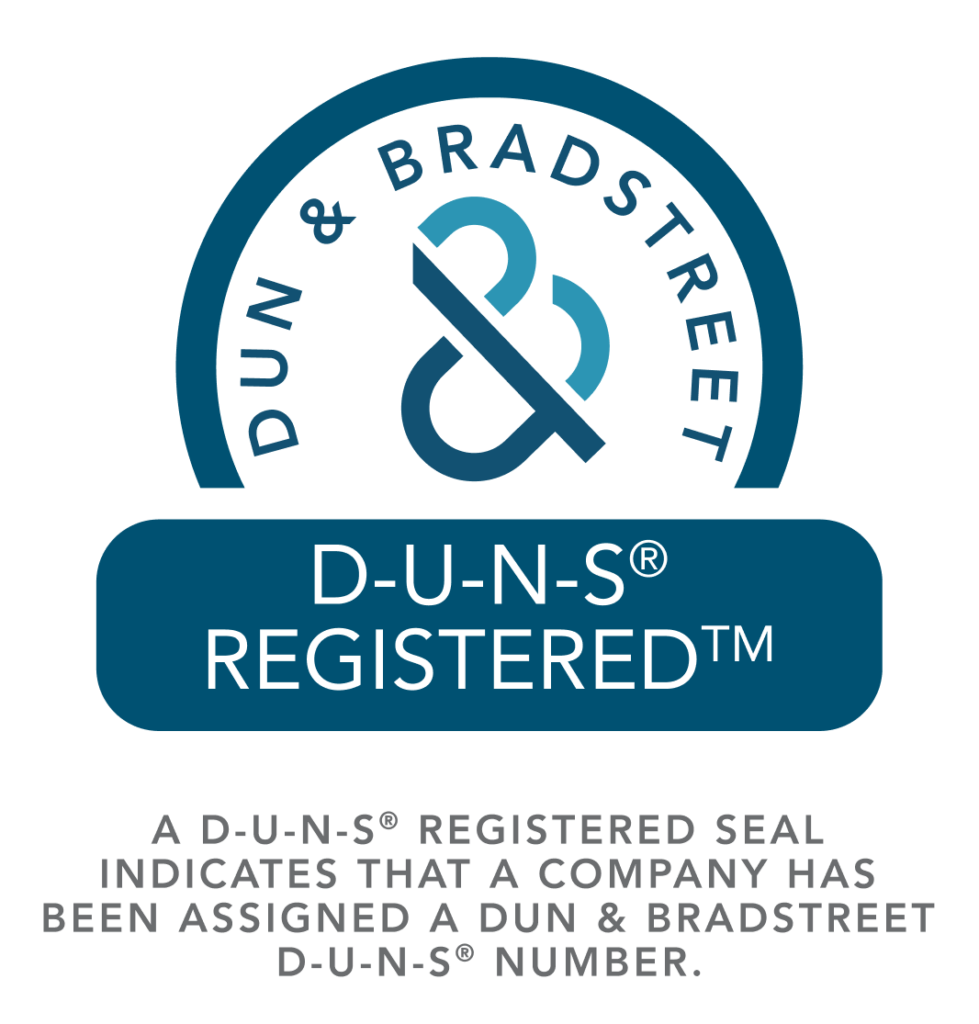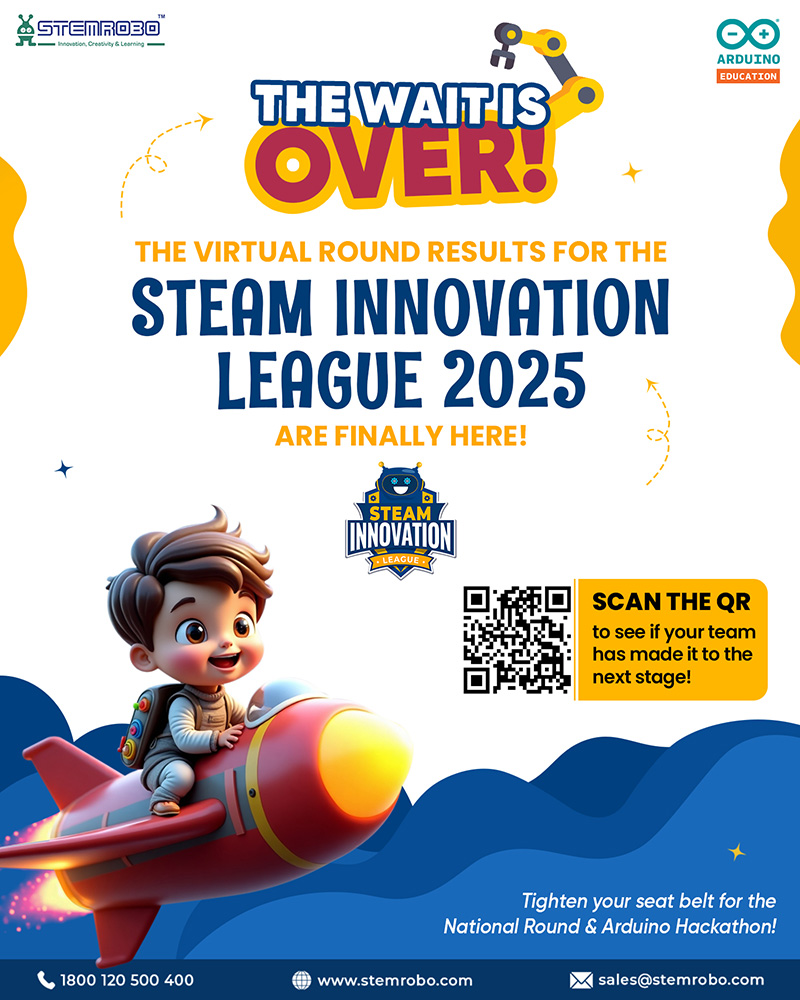Training Program for Augmented and Virtual Reality: Transforming Education in the Digital Age
Technology has completely changed how we work, study, and engage with the world in recent years. In this field, the rise of Virtual Reality (VR) and Augmented Reality (AR) technology is one of the most remarkable advancements. Immersive technologies are transforming the training environment by providing new opportunities for interesting, dynamic, and productive learning experiences.
Recognizing AR and VR
Let’s first review the definitions of AR and VR technologies before getting into the specifics of training programs. The term “augmented reality” (AR) describes how digital data is integrated in real-time with the user’s physical surroundings. Usually, to do this, one uses an AR glass, tablet, or smartphone to project digital material onto the real environment.
On the other hand, Virtual Reality (VR) confines people from the outside world by immersing them in an entirely replicated environment. Typically, a VR headset—which offers a 360-degree perspective of the virtual world—is used to do this.
Benefits of AR and VR Training Programs
AR and VR training programs have several advantages over traditional teaching techniques. The capacity to design incredibly realistic and immersive learning experiences is one of the main benefits. This may be especially helpful in industries where hands-on knowledge is crucial.
For K–12 students, AR and VR training programs have several advantages. The capacity to design incredibly captivating and immersive learning experiences is one of the main benefits. Learning may become more engaging and simpler by using these technologies to bring concepts to life in a way that is not possible with traditional teaching approaches.
Adapting to various learning methods is a significant advantage as well. Visual, auditory, and kinesthetic learners may all be accommodated by AR and VR technology, giving each student a more customized learning experience. Retention rates and learning outcomes may both benefit from this.
Programs for teaching students AR and VR can also aid in the development of their critical thinking and problem-solving abilities. Students can gain a deeper knowledge of subjects by actively exploring them via hands-on activities in virtual settings.
One further significant advantage is the capacity to offer customized educational opportunities. When necessary, AR and VR technologies may adjust to the individual’s knowledge and skill level to offer more challenges or help. Both learning results and engagement levels may benefit from this.
Additionally, AR and VR training programs can be more cost-effective and scalable than traditional training methods. They eliminate the need for travel and physical training materials since they can be quickly and readily distributed to a large number of users.
Future of Learning in the Digital Age
Learning appears to be becoming more digital and immersive as AR and VR technologies advance. These innovations have the power to completely transform training and education by creating exciting possibilities for individualized, interesting, and productive learning experiences.
We might expect more industries to adopt AR and VR training programs in the upcoming years. An increasing number of organizations will use these technologies to improve their training offerings as they become more accessible and inexpensive.
Application in Classrooms
There are several uses for AR and VR training programs in K–12 education. As an example, in science classrooms, students may study difficult science concepts like the solar system or the human body using augmented reality and virtual reality technologies. This may contribute to more interactive and interesting learning, which improves knowledge retention.
Students may immerse themselves in the past by using AR and VR technology in history lessons to recreate historical events or locales. This may help make history more relevant and interesting for students by bringing it to life in a way that textbooks cannot.
Integrated language learning can be improved in language classrooms through the use of AR and VR technologies. By allowing them to look into virtual environments where a specific language is spoken, students may improve their language abilities more engagingly and naturally.
All things considered, AR and VR training programs are changing the way we learn by providing new opportunities for interesting, dynamic, and productive learning experiences. These technologies have the power to completely transform training and education as they develop further, opening the door to a more digital and immersive learning environment in the future.
STEMROBO focuses on offering educational resources for STEM (Science, Technology, Engineering, and Mathematics) learning, specifically for robotics education. In addition to fostering the development of technical, problem-solving, and critical thinking abilities in students, STEMROBO provides a variety of products and programs that present STEM ideas interactively and engagingly.
In the realm of augmented reality (AR) and virtual reality (VR) education, STEMROBO’s objective is to give students practical learning opportunities that make use of these immersive technologies. STEMROBO provides dynamic and engaging educational solutions that use AR and VR to make complicated subjects easier for students to comprehend. With the AR and VR programs from STEMROBO, students may perform experiments in a safe and controlled environment, interact with digital objects, and explore virtual surroundings. STEMROBO helps students acquire the technical, critical thinking, and problem-solving abilities necessary for success in the digital era by incorporating AR and VR into their curricula.
STEMROBO offers AR and VR programs that can be customized for various age groups and academic levels, allowing students ranging from elementary school to high school to utilize them. As a result, students may get an early start on their foundation in AR and VR technologies, setting them up for future education and opportunities in related industries.
All things considered, STEMROBO is essential to the advancement of AR and VR education since it gives students the resources and tools they require for studying these immersive technologies and developing a greater understanding of STEM subjects.







